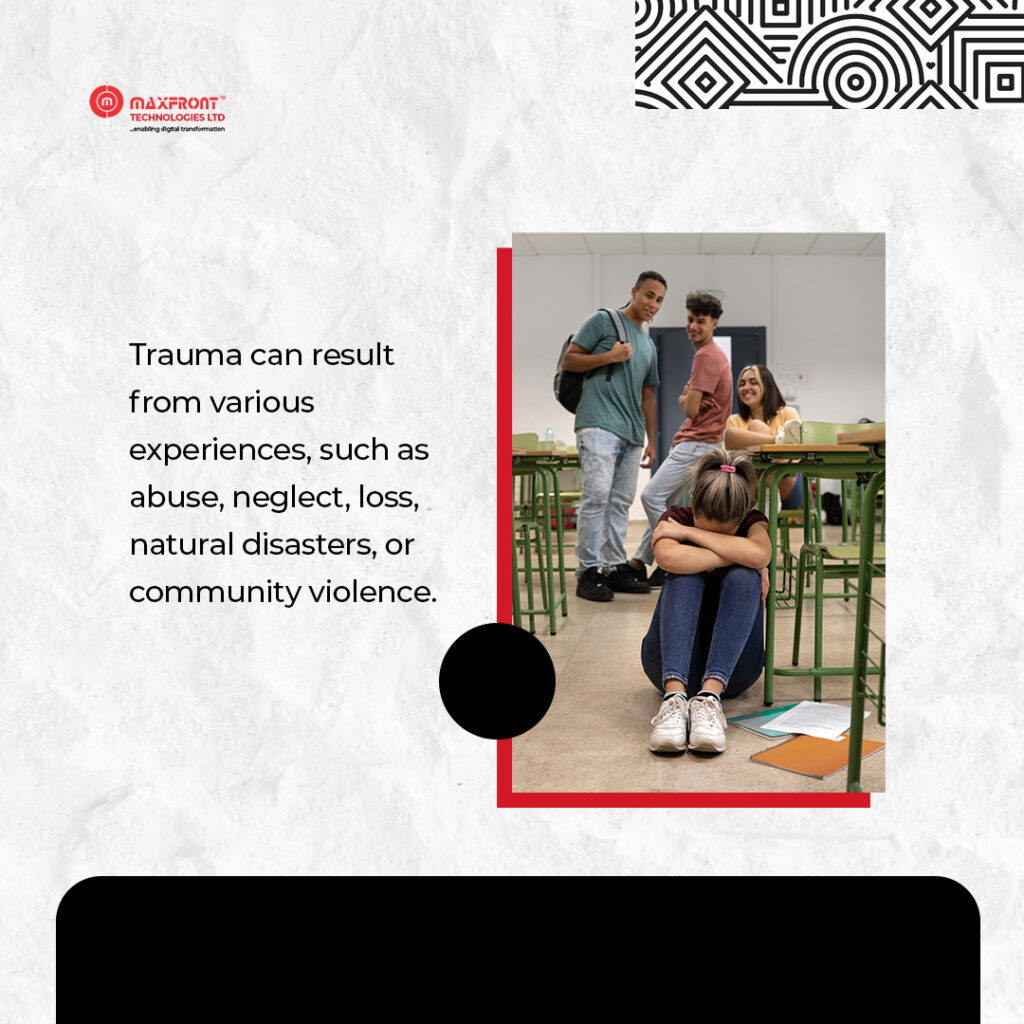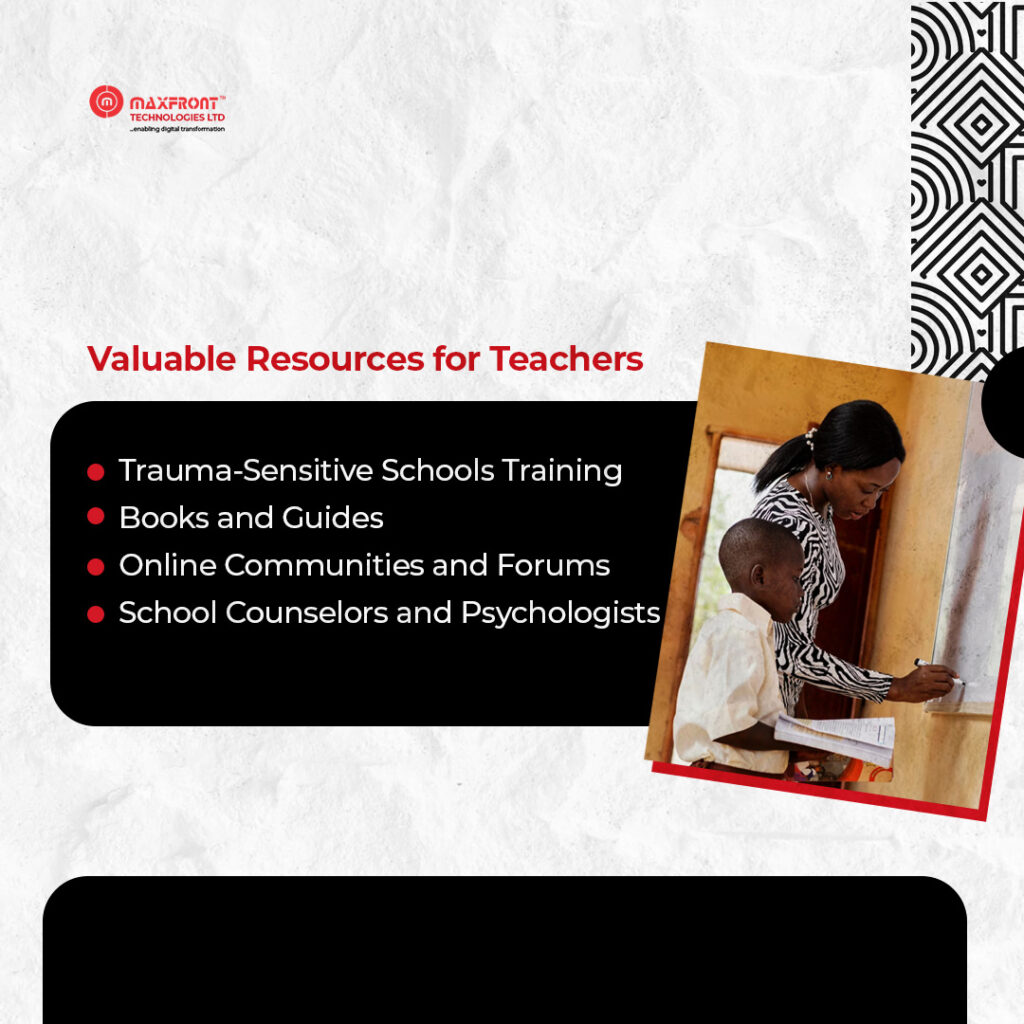
Introduction
Teaching is not just about delivering lessons; it’s also about fostering a safe and supportive environment for all students. Unfortunately, many students today face various forms of trauma that can significantly impact their learning experiences. As educators, it is our responsibility to help these students heal and thrive. This blog post will explore valuable resources and strategies to support traumatized students in your classroom.
Understanding Trauma
Before we dive into resources and strategies, it’s essential to understand what trauma can encompass. Trauma can result from various experiences, such as abuse, neglect, loss, natural disasters, or community violence. These experiences can affect students emotionally, mentally, and even physically, making it challenging to focus on their studies.
Valuable Resources for Teachers

- Trauma-Sensitive Schools Training
Many organizations offer training programs designed to help educators create trauma-sensitive classrooms. These programs provide:
- Valuable insights into recognizing trauma signs.
- Understanding its impact on learning.
- Implementing supportive strategies.
Check with your local education department or organizations like Trauma-Sensitive Schools for available training options.
- Books and Guides
Numerous books and guides provide practical advice and classroom strategies for teachers. One such resource is “Fostering Resilient Learners” by Kristin Souers and Pete Hall, which offers insights into trauma-informed teaching practices.
- Online Communities and Forums
Engage with online communities of educators who are passionate about trauma-informed teaching. Websites like Edutopia and NEA have dedicated sections on trauma-informed practices where educators share their experiences and insights.
- School Counselors and Psychologists
Collaborate with your school’s counselling department and psychologists. They can offer guidance on identifying and supporting traumatized students and provide referrals for additional help when needed.
Supporting traumatized students is a collective effort, and we play a crucial role as educators. Let’s work together to create a learning environment where all students can heal, learn, and thrive. Together, we can make a significant difference in the lives of traumatized students.
Here’s what you can do:
- Educate Yourself: Invest time learning about trauma and its effects on students’ learning and behaviour.
- Create a Safe Space: Foster an inclusive and supportive classroom environment where students feel safe to express themselves.
- Collaborate: Work closely with your school’s counselors, psychologists, and support staff to identify and support traumatized students.
- Advocate for Resources: Advocate for more resources and training in trauma-informed teaching within your school and district.
- Spread Awareness: Share your knowledge and experiences with colleagues to create a more trauma-sensitive school community.
In conclusion, supporting traumatized students is not just a responsibility; it’s an opportunity to make a lasting impact on their lives. By understanding trauma, educating ourselves, and implementing trauma-informed practices, we can create an environment where these students can thrive academically and emotionally.
Remember that our role as educators extends far beyond the classroom, and with empathy and the right resources, we can help traumatized students heal, learn, and build brighter futures. Together, we can make a significant difference as a community of caring educators.